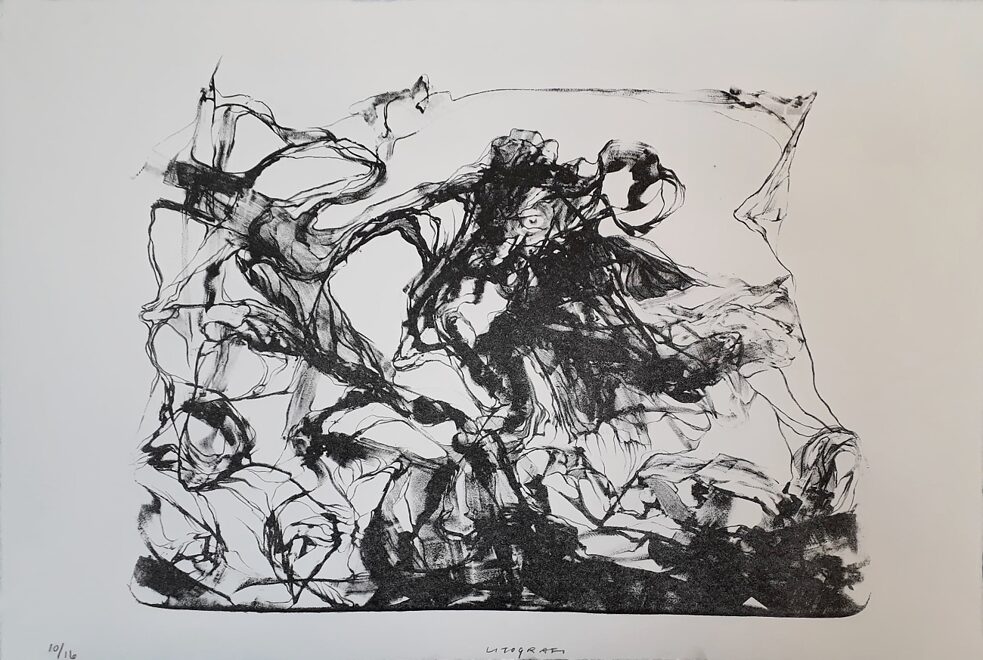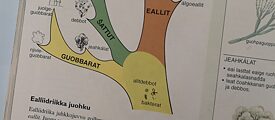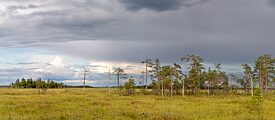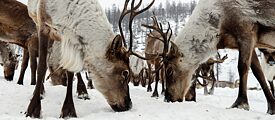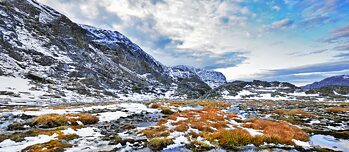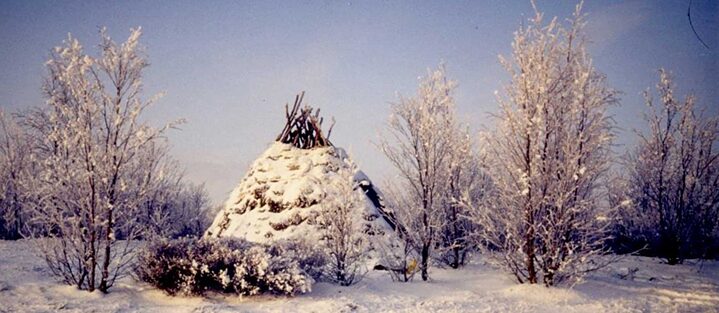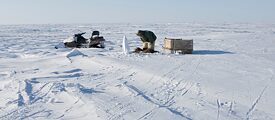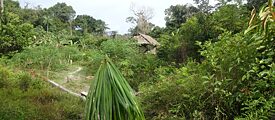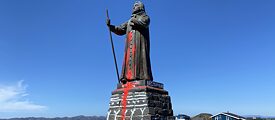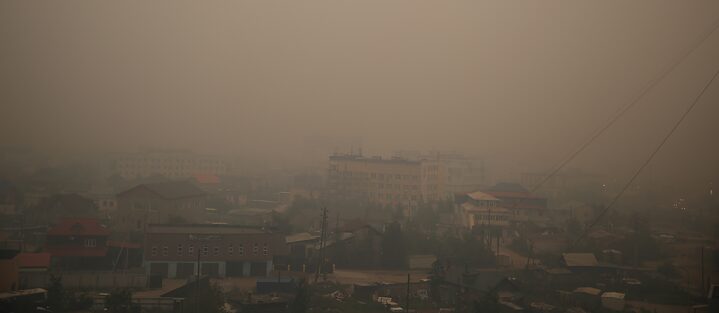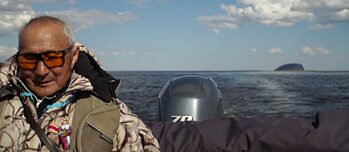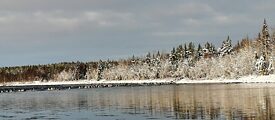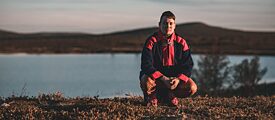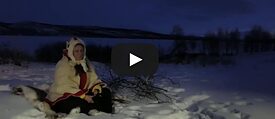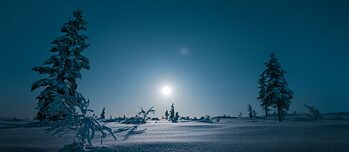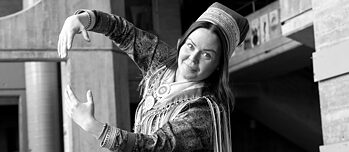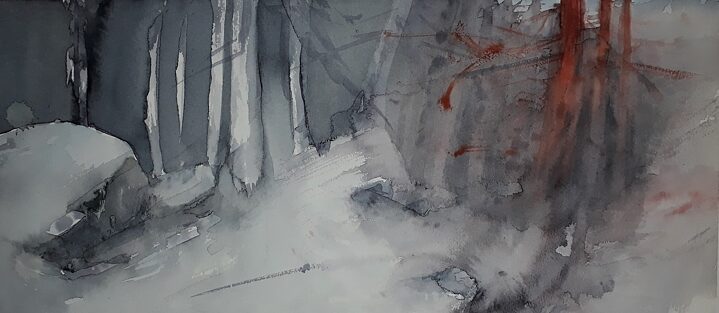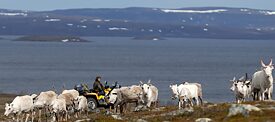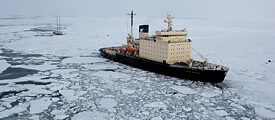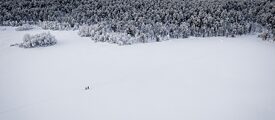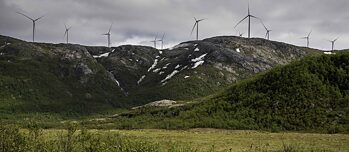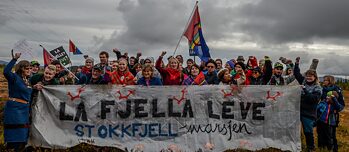The traditionally nature-based lives of Indigenous peoples are disproportionately exposed to the consequences of climate change. Rising temperatures and an unpredictable climate has immediate and drastic consequences on the balance of nature in some regions.
The thing that has the most significant impact on the traditional lifestyle of the Indigenous people here is the weather
Wjatscheslaw Iwanowitsch Schadrin
Art and culture can provide valuable commentary on the present, highlight different perspectives and foster a dialogue between population groups that would not be possible at a political level.
You are like the veins of the earth, roads of the water that our planet mostly exists on. You are a form of energy, movement and freedom.
Tanja Koistinen: "Letter to the River"
Ostensibly sustainable energy sources, climate research, optimized profits from natural resources - science and business often exploit indigenous peoples for this purpose. Without a common strategy or dialogue, governments decide over the heads of the indigenous population, and large companies act in an unrestrained profit-oriented manner.
¹ The title of the project comes from the long battle of Inuit to have their rights linked to climate change. The book of the same name by Sheila Watt-Cloutier (2015, Allen Lane Publication), testifies of her pioneering work in connecting climate change to human rights with the Inuit legal petition she and 62 fellow Inuit from Canada and Alaska launched to the Inter American Commission on Human Rights in Washington DC in 2005. Inuit leaders and climate change activists use this expression to capture their struggle and hope for political leaders to realize their communities are being severely impacted by climate change. Although the Commission did not go ahead with the Inuit petition they did have a historical hearing on the legal impacts and connections between climate change and human rights. Okalik Eegeesiak, Former Chair of the Inuit Circumpolar Council (ICC) used the expression in her discourse at the United Nations Framework Convention on Climate Change COP 21 December 3, 2015 in Paris, France: “Climate change is not just an environmental issue it is a human rights issue and the melting of the Arctic is impacting all aspects of Inuit life, therefore, the final text must make the rights of Indigenous peoples operative and keep it in Article 2.2. We have the right to be cold” argued Eegeesiak.
